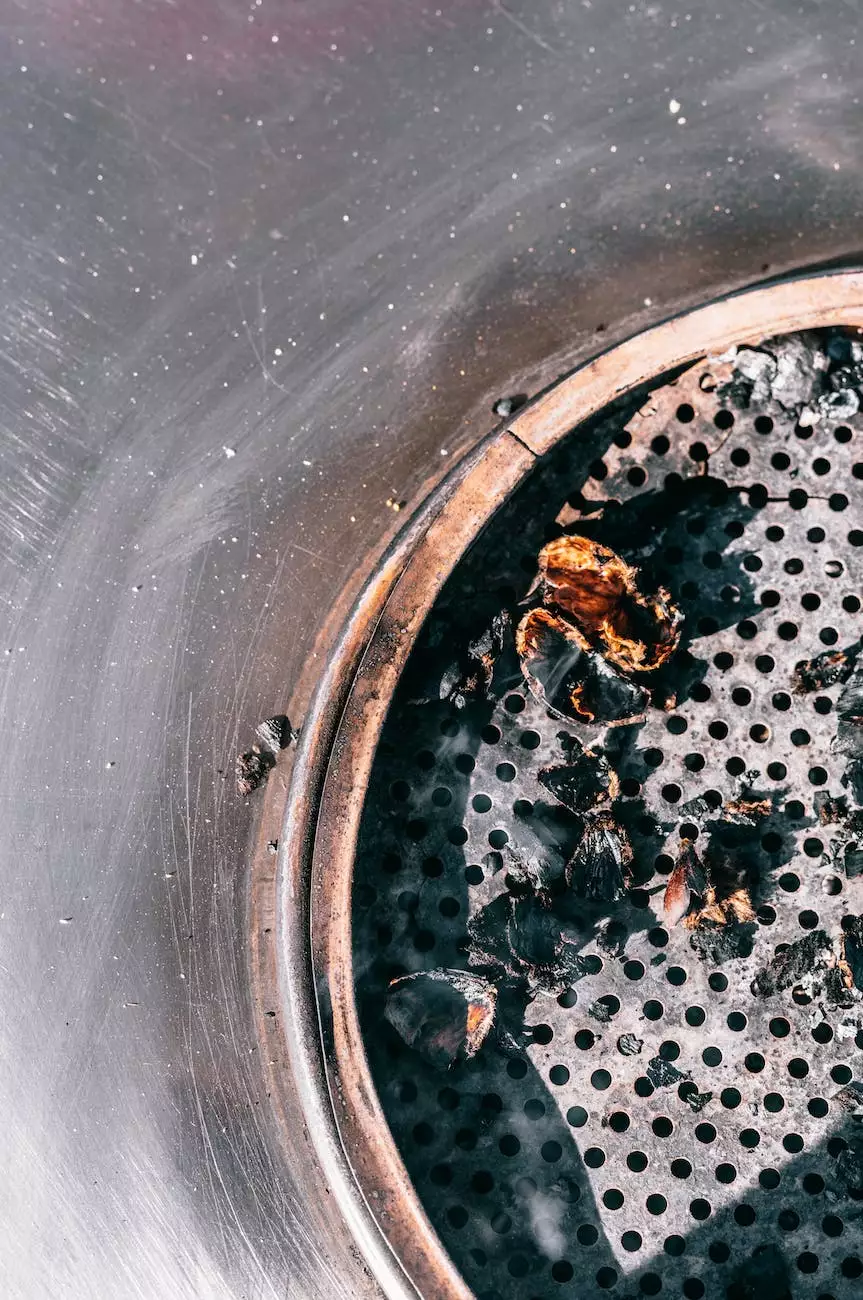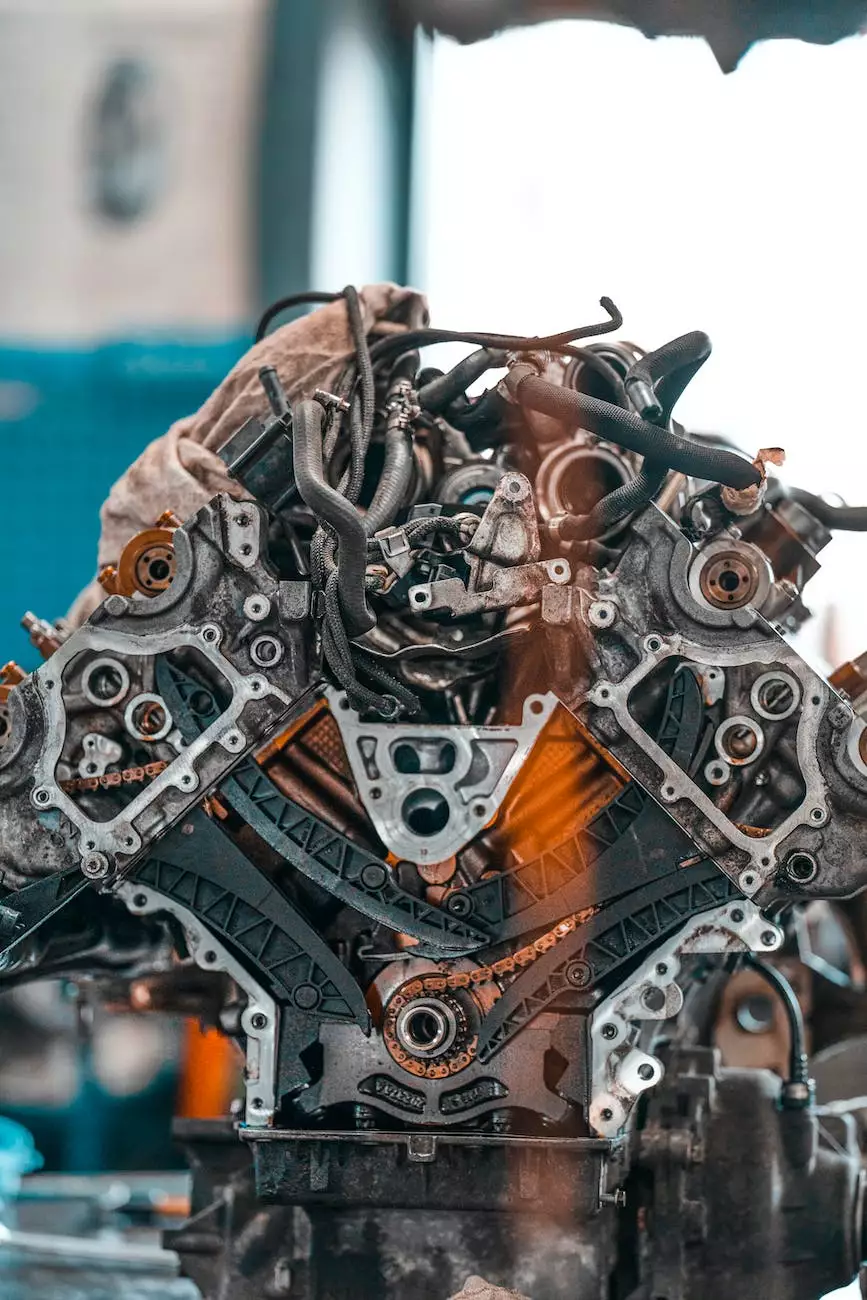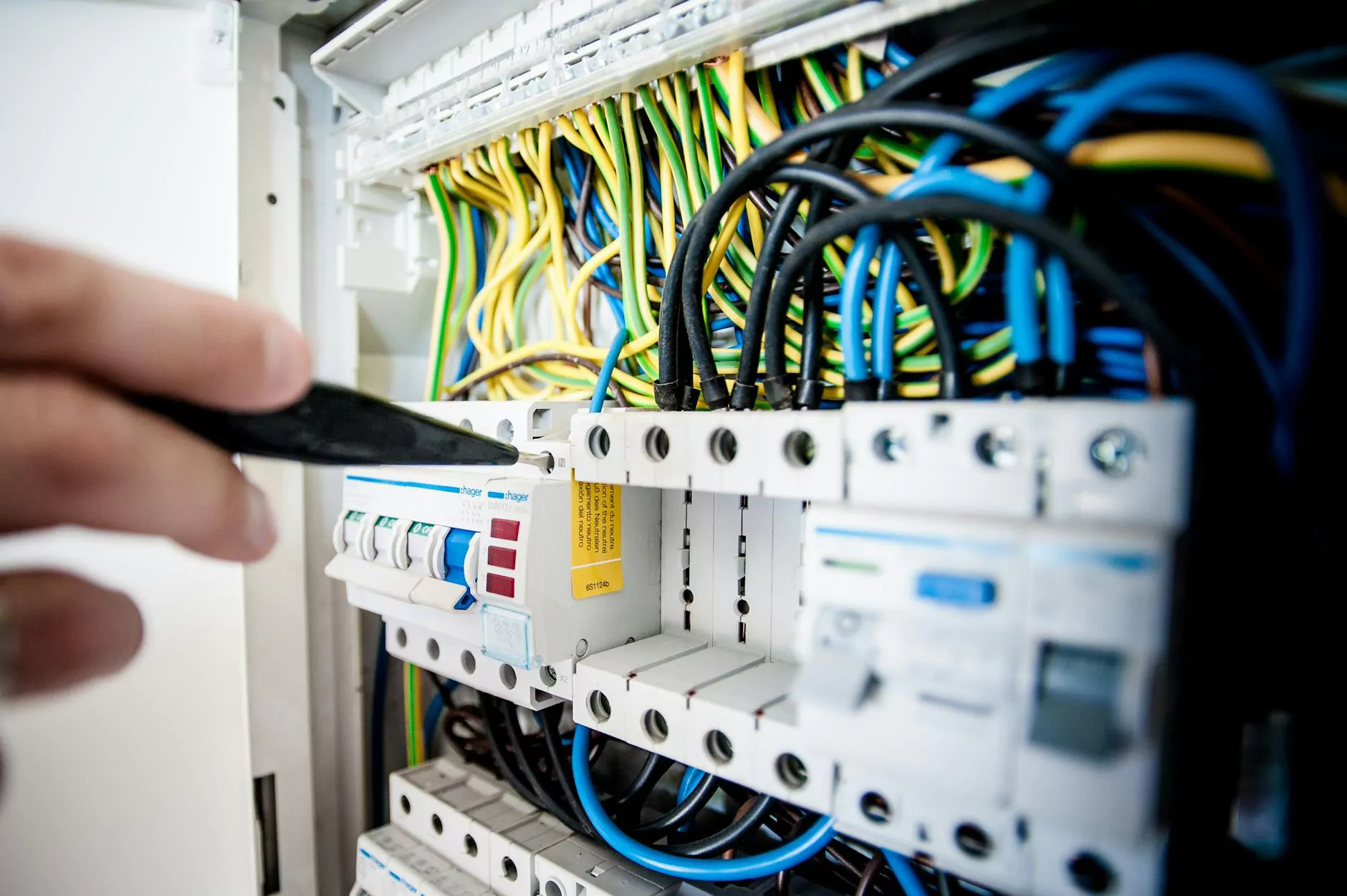Bosch CIS Training Series 1: What's Needed to Test K-Jet and KE-Jet Fuel Pressure
Chassis
Welcome to Grafco Electric's Bosch CIS Training Series! In this comprehensive guide, we will delve into the ins and outs of testing K-Jet and KE-Jet fuel pressure. Whether you're a seasoned mechanic or a passionate DIY enthusiast, this guide will equip you with the knowledge and tools necessary to perform accurate fuel pressure tests on these Bosch fuel injection systems.
Why Test Fuel Pressure?
Proper fuel pressure is crucial for the optimal performance and efficiency of any fuel injection system, including Bosch CIS systems. By ensuring the fuel pressure is within the recommended range, you can identify and diagnose various fuel-related issues such as poor engine performance, fuel delivery problems, and even potential damage to vital engine components.
Understanding K-Jet and KE-Jet Fuel Systems
Before proceeding with the fuel pressure testing, it's important to have a solid understanding of the K-Jet and KE-Jet fuel systems. K-Jet, also known as Continuous Injection System, is a mechanical fuel injection system that delivers fuel in a continuous flow to the fuel injectors. On the other hand, KE-Jet, or KE-Jetronic, incorporates electronic components to control fuel delivery, making it a more advanced system.
Components Needed for Testing
- Fuel pressure gauge: A high-quality fuel pressure gauge is essential for accurate readings. Make sure it is compatible with Bosch CIS systems and has the appropriate pressure range.
- Adapters and fittings: Depending on the specific model and setup, you may require adapters and fittings to connect the fuel pressure gauge to the fuel system.
- Teflon tape: Use Teflon tape to ensure leak-free connections between the fuel system components.
- Fuel pressure specifications: It's crucial to have access to the specific fuel pressure specifications recommended by the manufacturer for your particular CIS system.
- Basic tools: You'll need basic tools such as wrenches, sockets, and screwdrivers to access and manipulate the necessary components.
Step-by-Step Guide to Test Fuel Pressure
Follow these steps to accurately test the fuel pressure on your Bosch CIS system:
Step 1: Prepare the Vehicle
Ensure that the vehicle is parked on a flat and safe surface with the engine turned off. Engage the parking brake, and if necessary, disconnect the battery to prevent accidental starts.
Step 2: Locate and Access the Fuel System Components
Depending on the vehicle make and model, the fuel system components may be located in different areas. Refer to the vehicle's manual or a reliable source of information to identify and access the necessary components, including the fuel pressure regulator, fuel lines, and fuel distributor.
Step 3: Connect the Fuel Pressure Gauge
Using the appropriate adapters and fittings, connect the fuel pressure gauge to the fuel system at a suitable access point. Apply Teflon tape to ensure a secure and leak-free connection.
Step 4: Check Fuel Pressure Specifications
Refer to the manufacturer's specifications to determine the correct fuel pressure range for your particular system. Compare the recommended range with the readings on the fuel pressure gauge. If the pressure is outside the specified range, further diagnostics or adjustments may be necessary.
Step 5: Analyze the Results
Once you have obtained the fuel pressure reading, evaluate the results in relation to the manufacturer's specifications. If the pressure is within the recommended range, your fuel system is functioning correctly. However, if the pressure is too high or too low, additional troubleshooting may be required to identify the underlying cause.
Conclusion
Congratulations on completing the first installment of our Bosch CIS Training Series! By following these steps, you can confidently test the fuel pressure of your K-Jet or KE-Jet fuel injection system. Remember, accurate fuel pressure testing is essential for maintaining optimal engine performance and diagnosing any potential fuel-related issues. Stay tuned for future articles in our comprehensive training series, where we will cover further aspects of Bosch CIS systems, troubleshooting tips, and much more. Grafc










